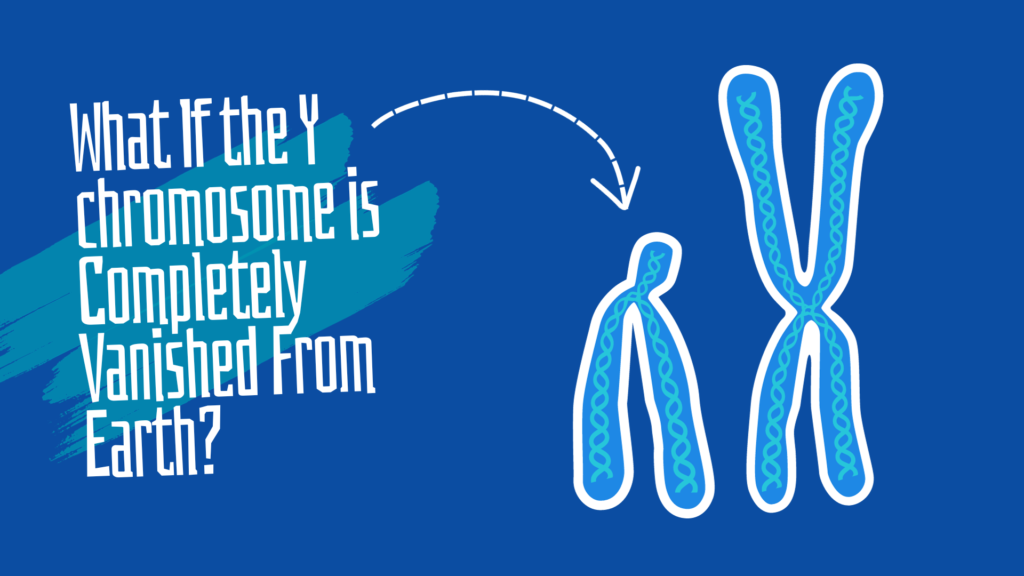Sickle cell anemia is significantly common in the tribal Indian populations, with as high as 33% prevalence of sickle cell trait. The government just announced the program to support the Prime Minister’s vision of a Sickle Cell-free India by 2047, named BIRSA 101.
Birsa Munda was a freedom fighter and a religious leader of the tribal community ‘Munda’. In India, locals from the tribal community celebrate him as a god. They commonly believe that God Birsa always protects them. But this time with CRISPR technology.
On the occasion of his 150th Anniversary, on 15th November, the government launched the prestigious project in his name. It is a CRISPR-based gene editing technology named after the tribal god Birsa Munda, known as BIRSA 101.
Key Topics:
Why BIRSA 101 is needed:
Vikaspedia, a part of the Government of India, suggests that the prevalence of the tribal population in India is 8.6%, which is huge indeed, for a country like India with such diverse religions and population.
Primarily, the North-East and the Central coastal regions of India have a very high prevalence of various tribes. With a substantially low education rate, the tribal population is unaware of health risks, diseases and treatments.
Studies showed that Sickle cell anemia, an inherited genetic blood disorder, is common among the tribal population.
Why BIRSA 101 for sickle cell?
Sickle cell anemia is an autosomal recessive genetic disorder. It is caused when two recessive alleles of the faulty HBB gene, are inherited together. It is a blood-related disorder that occurs only when both parents have the recessive allele.
A substantially large tribal population carrying the recessive sickle cell allele. A person single allele is known as the carrier but remains unaffected. Due to that, it is unknowingly spreading in the population. A lack of effective treatment is the major concern that newborns and patients can not be treated in the long term.
How does BIRSA 101 work:
CRISPR-Cas9 is the globally recognized and precise gene editing technology. Depending on the type of faulty gene, various Cas9 proteins guide the CRISPR to the target location for editing and repairing the fault.
In the case of BIRSA 101, the enFnCAS9 is a guided CAS protein that has the capacity to repair the single-nucleotide polymorphism on the HBB gene that leads to sickle cell anemia.
It is like the ‘surgery at a genetic level’, where the precision of molecular CAS protein accurately locates the target and removes the mutation. However, the technique is scientifically complicated with a varied success rate and is expensive, too.
The two collaborative organizations, the government of India CSIR-IGIB (Institute of Genomics and Integrative Biology) and the Pune-based Serum Institute of India, didn’t reveal much technical information.
However, scientists demonstrated that it is an enFnCas9-guided gene editing technology, which was originally developed from the Francisella novicida (FnCas9). It has a very low off-targeting effect with an extremely high precision rate and a wide editing range.
This makes the present protein powerful enough and a key component of the BIRSA 101. This protein (enFnCas9) finds the mutation on the HBB gene, guides the complete CRISPR complex- a combination of many different proteins, to the target location, identifies the fault and repairs it.
However, the technology required huge investment, manpower and skilled infrastructure to execute the project, which the government cannot handle single-handedly. Thus, collaboration with the public sector is needed, said Dr. Jitendra Singh, Union Minister of State (Independent Charge) for Science & Technology.
BIRSA 101 will lead India in Science:
Our Prime Minister Narendra Modi always says, “We will not rely on others, we will produce our own, we are Atmanirbhar Bharat!” After Chandrayan, BIRSA 101 will become the stepping stone to India’s Atmanirbhar Bharat mission.
The world needs cost-effective CRISPR-based treatments. CRISPR has been in existence for a decade; its potential is known, but the cost is a major challenge for scientists.
India’s mission with the present collaborative project is not only to develop an effective CRISPR-based technology but also a cost-effective and publicly accessible treatment option.
Hence, the BISRA 101 program is designed to complete three different objectives,
- To achieve the vision of Sickle cell-free India by 2047.
- To provide an effective CRISPR-based treatment option.
- To reduce the cost of the gene therapy treatments.
Wrapping up:
Dr. K. Thangaraj and Dr. Ashwin Dalal, who works closely with the Government of India, shared that the country is now investing in science at an unprecedented pace and funding is no longer a major barrier.
We’re already seeing this take shape. Projects like BIRSA 101 and several upcoming initiatives are set to strengthen India’s position in the global scientific community.
Resources:
- CRISPR-based Gene Therapy for Sickle Cell Anemia– Ministry of Science & Technology.
- Scheduled Tribes in India– Vikaspedia, Government of India.


